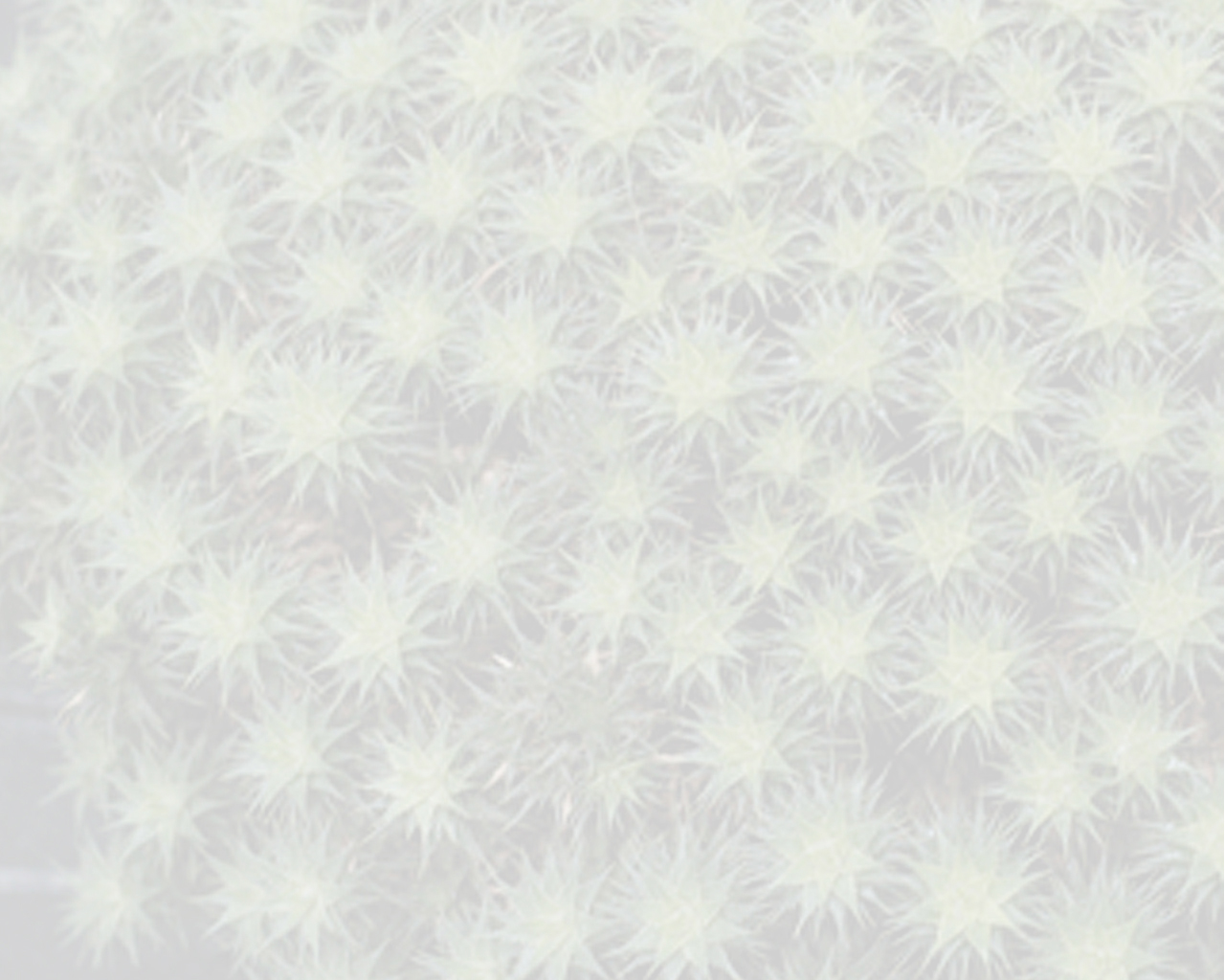

 Deuterocohnia meziana var. carmineoviridiflora Rauh[as Deuterocohnia meziana var. carmineoviridiflora RAUH]
Deuterocohnia meziana var. carmineoviridiflora Rauh[as Deuterocohnia meziana var. carmineoviridiflora RAUH]Diagnose: —A typo differt vaginis foliorum minoribus, tantum ad 4,5 cm latis albis, sepalis usque ad 20 mm longis et petalis usque ad 50 mm longis in triente superiore smaragdinis, in dimidio basali atrocarmineis post anthesin spiraliter tortis. Holotypus: Rauh 40 642 (July 1973); Clonotypus Rauh 46 774, in the Herb. Inst. System. Bot. Univ. Heidelberg (HEID). Observations: —Differ from the Type in the smaller, only to 4,5 cm wide, white sheaths, the to 20 mm long sepals, compared to 50 mm long, in the upper third emerald green, basal half dull carmine red, postfloral spirally rolling up petals.
Var meziana
Sheaths to 13 cm wide, kidney-shaped, maroon.
Blades to 8 cm wide.
Sepals 11-14 mm long, 4-5 mm wide.
Petals 25-28 mm long, light yellow, orange or red, drying off green, postfloral not spirally turned.
Range: S Brazil, SW-Brazil and Paraguay.
var. carmineo-viridiflora Rauh
Sheaths to 3 cm long, 4,5 cm wide, white.
Blades to 4 cm wide.
Sepals to 20 mm long and to 6 mm wide, pale pink, waxy.
Petals 50-55 mm long, in the upper half shining green, at the base dull carmine red, forming a narrow tube, postfloral spirally turned, drying brown
Range: N-Bolivia.
Remarkably for this new variety is not only the flower-color but also the postfloral spiral twisting of the petals, that reminds of the flowers of Puya,; following the type-diagnosis this is used to separate the two varieties. Occasionally, one can see the petals of D. longipetala have a hint of this spiral twisting.
As with Deuterocohnia longipetala, D. meziana also has a perennial inflorescence where new branches appear at the base of the inflorescence.Edited from (09-08-2014): Rauh 1985a. (protologue) Bromelienstudien (Mitteilung 16). I. Neue und wenig bekannte Arten aus Peru und anderen Lšndern .